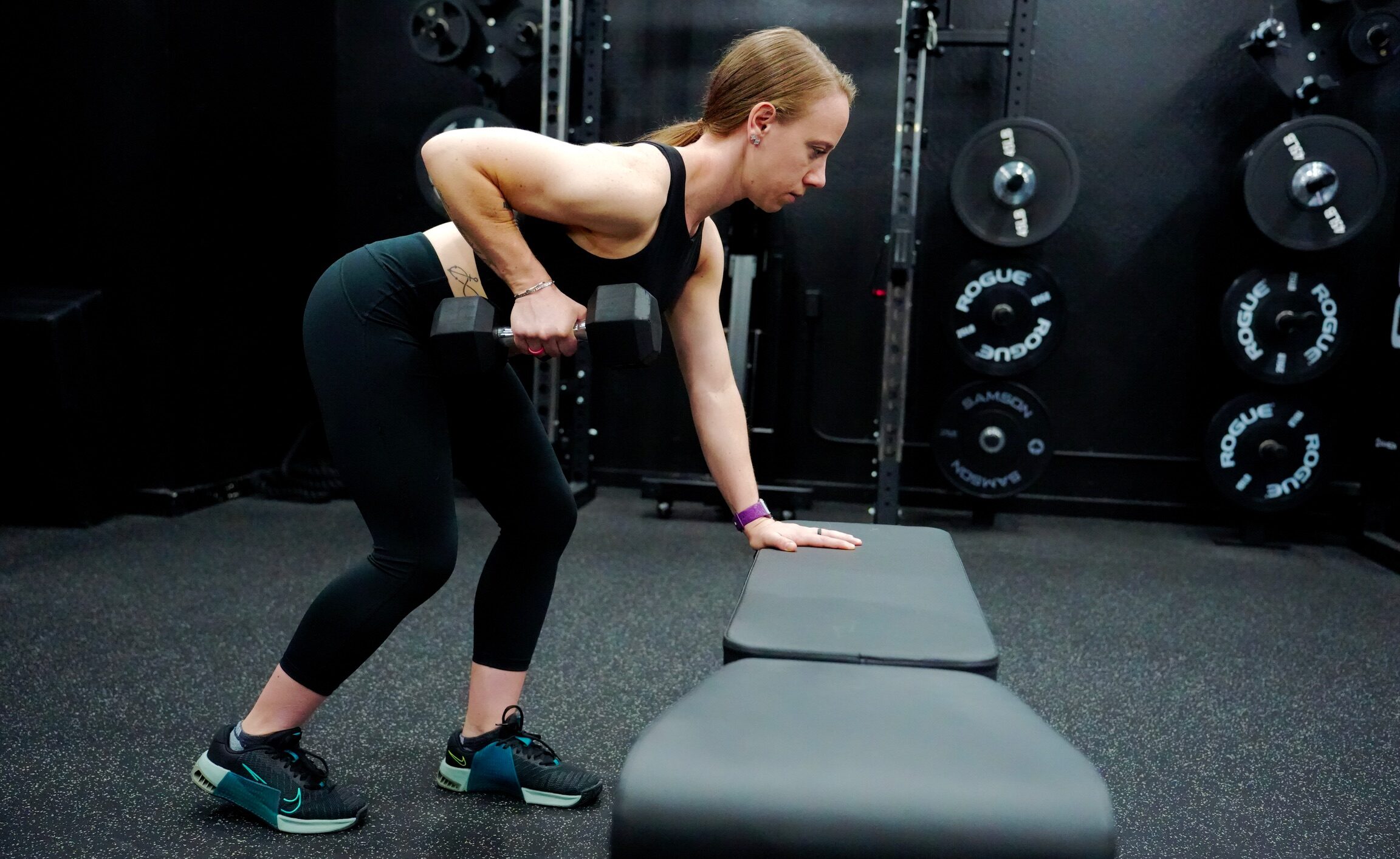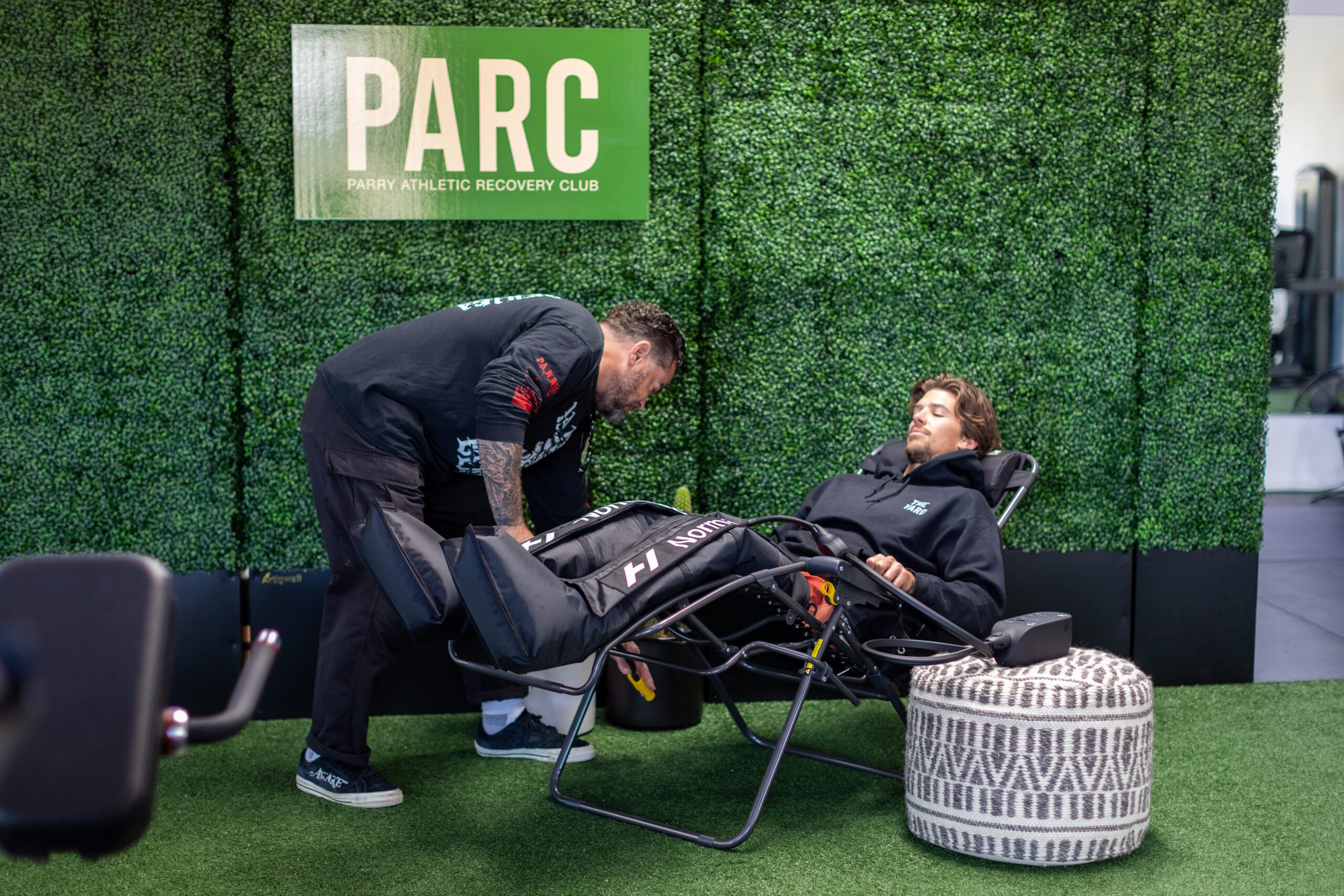Fueling Strength: Accessible Nutrition Tips for Every Level
Whether you’re just starting your strength training journey or working toward a new PR, what you eat plays a key role in your progress. But fueling your body for performance doesn’t have to be complicated—or expensive. At The Yard, we believe nutrition should be approachable, sustainable, and flexible enough to fit your lifestyle.
If you’re looking for practical ways to support your workouts without overhauling your diet, here are some simple, budget-friendly tips to keep you feeling strong and energized.
The Basics of Pre & Post-Workout Nutrition
Think of your body like a high-performance vehicle. You wouldn’t hit the road without fuel, so don’t hit the gym without it either. The goal of pre-workout nutrition is to provide energy for your session while minimizing fatigue and muscle breakdown. Try to eat 30-90 minutes before your workout so your body has time to digest and convert the food into usable energy.
After your workout, your muscles need nutrients to recover and rebuild. This is where protein and carbs come into play to replenish glycogen stores and repair muscle tissue. Aim to eat within 30-60 minutes after your workout to kickstart muscle recovery.
Prioritizing Protein and Fiber
Protein is essential for muscle recovery and strength, while fiber helps with digestion, keeps you full longer, and supports overall health. A good rule of thumb is to include a source of both in every meal.
Budget-friendly protein sources:
- Eggs
- Greek yogurt
- Chicken thighs
- Canned tuna or salmon
- Lentils and beans
Affordable fiber-rich foods:
- Oats
- Brown rice
- Sweet potatoes
- Leafy greens
- Apples and berries
By focusing on these nutrient-dense options, you’ll stay fuller longer and give your muscles the fuel they need to recover and grow.
Hydration: The Overlooked Performance Booster
Water is often overlooked when it comes to performance, but staying hydrated is just as important as what’s on your plate. Proper hydration supports muscle function, energy levels, and recovery. A simple way to check if you’re drinking enough? Pay attention to your thirst and keep a water bottle with you throughout the day.
If you struggle to drink enough water, try:
- Adding lemon, cucumber, or berries for flavor
- Drinking a glass of water with every meal
- Carrying a reusable water bottle for easy access
Whole Foods Over Processed
Whenever possible, aim for whole, minimally processed foods. These options provide more nutrients, fewer additives, and better support your body’s natural energy systems.
Instead of:
- Sugary breakfast cereals → Try oatmeal with nuts and fruit
- Packaged protein bars → Opt for Greek yogurt with honey
- Pre-made frozen meals → Prep simple meals in bulk like rice, veggies, and lean protein
By making small swaps where you can, you’ll nourish your body more effectively without sacrificing convenience.
Balance is Key: Protein, Carbs, and Fats
A well-rounded meal includes a mix of protein, carbohydrates, and healthy fats. Each macronutrient serves a purpose:
- Protein supports muscle recovery and strength.
- Carbohydrates provide energy for your workouts.
- Fats keep you satisfied and support hormones and overall health.
Rather than tracking numbers, focus on including a little of each in every meal. For example, a simple meal of grilled chicken, roasted sweet potatoes, and avocado checks all the boxes.
Eating Until 80% Full
Strength training requires fuel, but that doesn’t mean you need to eat until you’re stuffed. Many athletes follow the principle of eating until they feel 80% full—satisfied, but not overly full.
Tuning into hunger cues can help you:
- Avoid sluggishness after meals
- Improve digestion
- Stay energized throughout your training
Slowing down during meals and checking in with how you feel can make a big difference in how you fuel your body effectively.
Need Expert Guidance?
Dialing in your nutrition can be overwhelming, but you don’t have to do it alone. At The Yard, our certified personal trainers can help you craft a personalized nutrition strategy that aligns with your fitness goals. Whether you need help optimizing macros, refining meal timing, or making small, sustainable adjustments, our trainers are here to support you.
Here’s a glimpse into how certified Precision Nutrition Coach and personal trainer Becca Mehling approaches nutrition for both herself and her clients:
“With a comprehensive understanding of nutritional science and behavior change, I provide personalized coaching that empowers clients to make sustainable lifestyle changes. My approach combines evidence-based nutritional strategies with practical, real world solutions tailored to each individual’s unique needs and meeting them where they are at.
I like to tell people to start small. If you are currently eating 60 grams of protein a day, we aren’t going to try and jump straight to 100+. Let’s try 70 grams and see how that goes before increasing. Small wins add up and then we can think about increasing the difficulty level from there, but not before we are able to do small steps consistently and correctly.”
Check out our Find a Trainer page to connect with experts like Becca to guide you on your fitness and nutrition journey!
Final Thoughts: Nutrition Should Work for You
At The Yard, we believe that strength starts in the kitchen with simple, sustainable choices. Prioritizing protein and fiber, staying hydrated, choosing whole foods, and eating balanced meals are all easy ways to fuel your workouts without overthinking it.
Remember, your next PR starts with what’s on your plate!
Check out our upcoming classes and learn more about strength training at The Yard!

